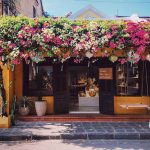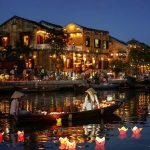Explore the 12 most captivating Hoi An temples, where history and spirituality intertwine. Discover the rich cultural heritage and architectural beauty of these ancient religious sites, each offering a unique glimpse into the city's soul.
List of Contents
- 1. Japanese Covered Bridge
- 2. Ba Mu Temple Hoi An
- 3. Quan Cong Temple
- 4. Fujian Assembly Hall
- 5. Van Duc Pagoda Hoi An
- 6. Hai Tang Pagoda Hoi An
- 7. An Lac Pagoda Hoi An
- 8. Phap Bao Pagoda Hoi An
- 9. Phuoc Lam Pagoda Hoi An
- 10. Vien Giac Pagoda Hoi An
- 11. Chuc Thanh Hoi An Pagoda
- 12. Hai Nam Assembly Hall (Hai Nam Temple)
1. Japanese Covered Bridge
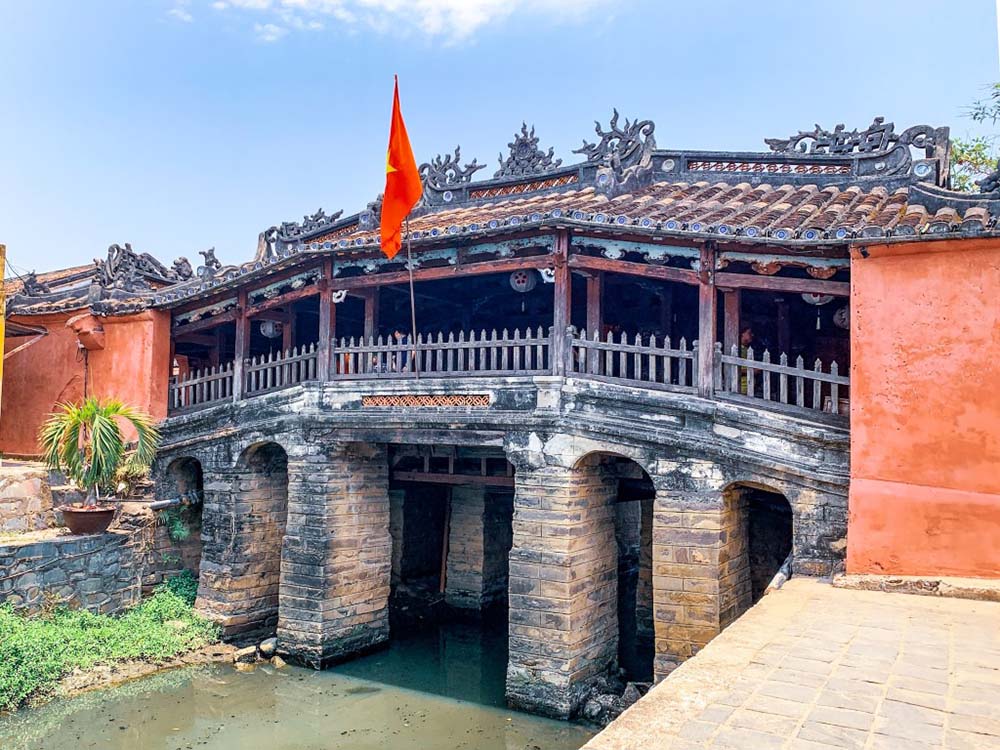
The Japanese Bridge stands as Hoi An's iconic landmark. Built in the 17th century, this footbridge-temple spans generations and cultures. Japanese merchants crafted it to tame Namazu, a mythical beast. The monster's head rests in India, its body in Vietnam, and its tail in Japan.
After the Japanese departed, Chinese settlers maintained the structure. Eventually, Vietnamese caretakers took charge. The bridge remains unique among Hoi An's sacred sites. It blends Japanese, Chinese, and Vietnamese architectural styles.
Located on Nguyen Thi Minh Khai Street, the bridge boasts a distinctive roof and narrow corridors. Wooden construction showcases intricate carvings and Japanese design elements. The Bridge Pagoda echoes Hoi An's tranquil atmosphere. It has weathered historical storms and cultural intersections.
Visitors to Hoi An must experience this architectural marvel. The Covered Bridge offers a glimpse into the town's rich past and cultural fusion.
2. Ba Mu Temple Hoi An
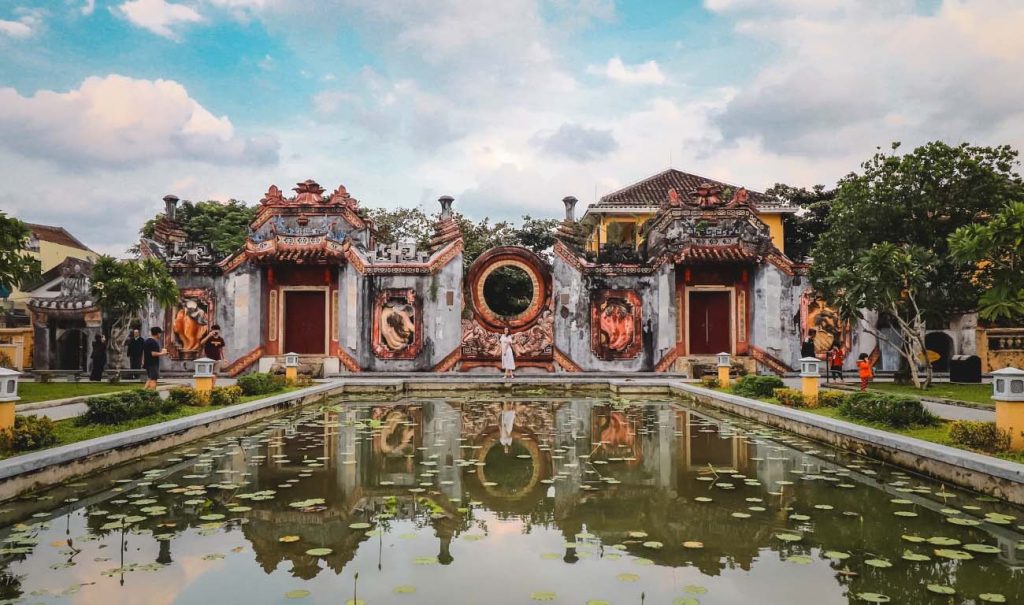
Ba Mu Temple, also known as Ba Mu Pagoda, exudes spiritual beauty. Its architecture symbolizes Cam Ha Cung and Hai Binh Cung beliefs. The temple complex features a three-room Palace, a spacious Tam Quan Pagoda yard, and a stele house.
The main gate and front lake provide excellent photo opportunities. These features make Ba Mu a popular stop among Hoi An's religious sites.
Situated on Hai Ba Trung Street, Ba Mu Pagoda lies near Cau Pagoda. This proximity makes it easy to locate. The temple's gate holds historical significance within the town's architectural and cultural heritage. It plays a crucial role in local village spiritual life.
For photography enthusiasts, Ba Mu offers unparalleled scenes. A simple camera can capture the site's artistic essence. Morning visits or sunset trips yield nostalgic, love-filled landscapes. The ancient temple's ambiance perfectly suits those seeking unique photographic experiences.
3. Quan Cong Temple
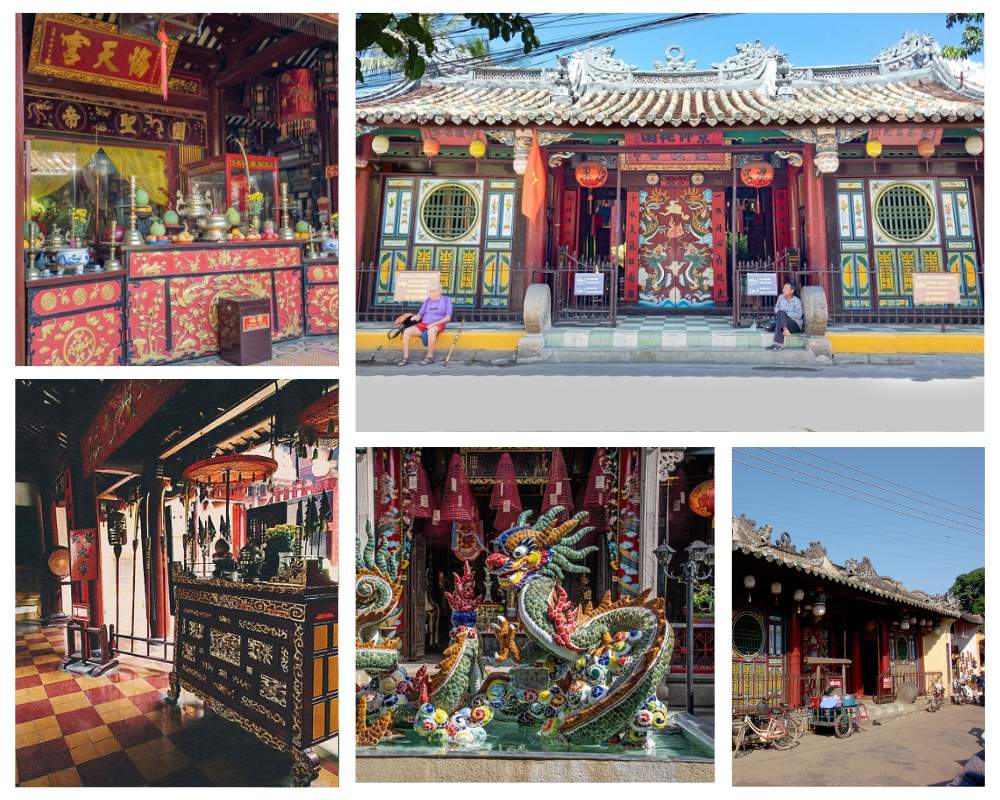
The Quan Cong Temple, or Guan Yu Temple, stands in Hoi An's heart. Built in the early 17th century, this 400-year-old shrine honors Quan Vu. He was a legendary Three Kingdoms warrior known for unwavering loyalty.
Chinese tradition reveres Quan Vu as a symbol of nobility and righteousness. He embodies royalty, credibility, forthrightness, and honor – traits considered the pinnacle of manhood.
This ancient sanctuary boasts a majestic “Quoc” shape, meaning “country”. It showcases Chinese architectural beauty with its glazed-tile roof. Four rooms form a “Khau” style, signifying “mouth” in Sino-Vietnamese. A solemn Guan Yu statue occupies the main hall.
Among Hoi An's sacred places, Quan Cong Temple sees the most frequent prayer activity. Thousands of Buddhists worldwide flock here for solemn worship.
The temple entrance captivates visitors with eye-catching red lanterns. These adorn corridors and aisles, creating a scene of majestic, pure, and poetic beauty. First-time visitors often express surprise at this spiritual spectacle.
4. Fujian Assembly Hall
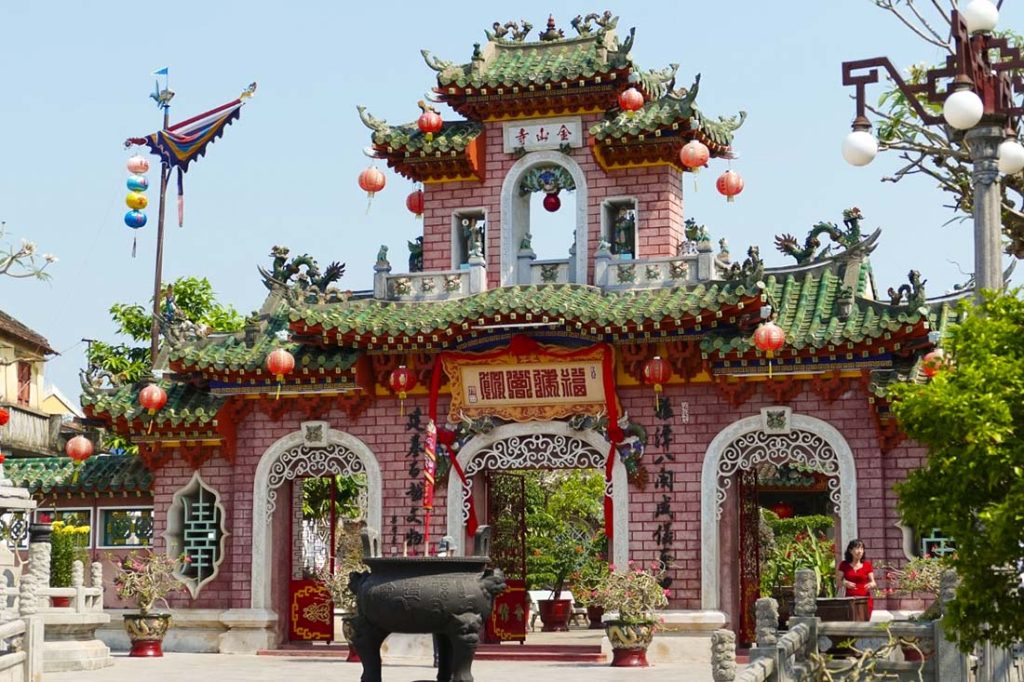
The Phuoc Kien Assembly Hall, also known as Fukien Assembly Hall, dates back to the 16th century. Chinese settlers from Phuoc Kien built this cultural landmark in Hoi An.
This spiritual center primarily venerates Lady Thien Hau Thanh Mau, the Mother Goddess and Queen of Heaven. She protects rivers, water, wealth, and children. Unlike other Hoi An temples, it served a dual purpose as a gathering place for Fukien compatriots.
Originally wooden, the Assembly Hall underwent reconstruction in 1757. Builders used brick and tile, creating the structure we see today.
Located on Tran Phu Street in the old town's heart, the hall offers easy access for tourists. A massive gate marks the temple's entrance. Surrounding it, craft villages and trade sites bustle with local activity. This historical relic represents a fusion of Vietnamese, Chinese, and Japanese heritage.
Visitors encounter a vast garden featuring a dragon-carved fountain and imposing statues. The site invites slow exploration, allowing guests to absorb frescoes depicting regional history.
5. Van Duc Pagoda Hoi An

Zen master Minh Luong founded Van Duc Pagoda in the late 17th century. This sacred site occupies 600 square meters, facing southwest towards the De Vong River.
Like other Hoi An temples, Van Duc hosts major Buddhist celebrations. These include Buddha's Birthday, Vu Lan, and Buddha's Enlightenment Day.
The pagoda boasts unique architecture rich in artistic detail. Its layout, style, and decor have earned recognition from the New York Times as a Hoi An highlight.
The main hall showcases the pagoda's finest architectural artistry. Pipe tiles adorn the roof. Round pillars feature dragon-patterned crockery. Two dragons frame the moon on the roof's edge. Northwest of the hall, lotus flowers surround late monks' memorials, creating a peaceful atmosphere.
Van Duc's worship system exudes richness and dignity. Behind the main shrine, images honor monks who preserved the pagoda's ancient features. The patriarchate area venerates the Buddha master, long seat, and temple relics.
6. Hai Tang Pagoda Hoi An
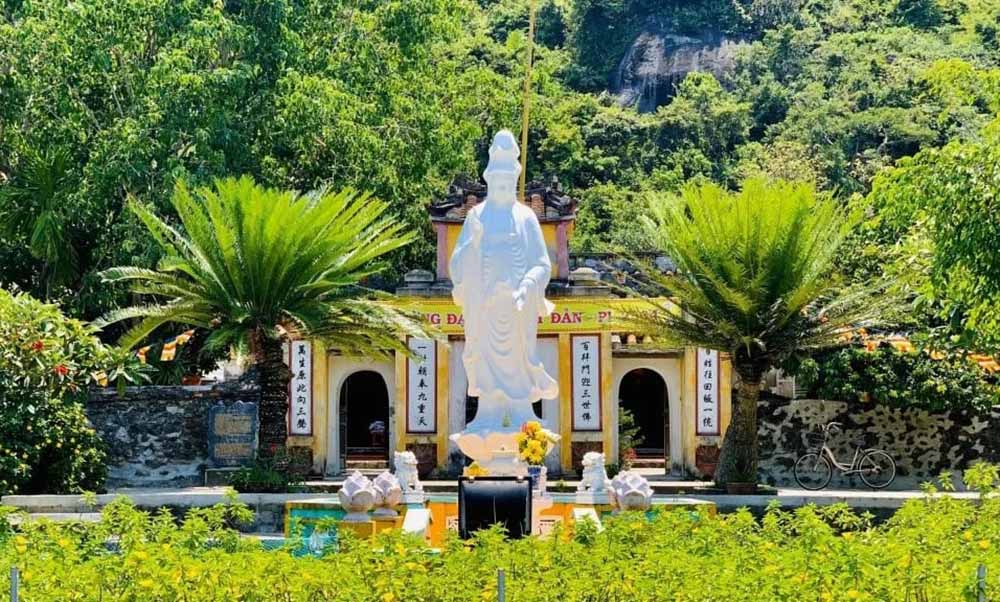
Hai Tang Pagoda, built in 1758, stands as Hoi An's only temple destroyed by nature. A fierce storm in 1848 severely damaged the structure.
Local legend speaks of 17th-century travelers forced to stay on Cu Lao Cham Island during a storm. The Soil God demanded a pagoda's construction to calm the tempest. This tale underscores the importance of choosing the best time to visit Hoi An.
Perched on Cu Lao Cham Island, Hai Tang occupies a unique position. It sits between a mountain and a small valley, overlooking the island's sole field. Despite centuries of weathering, the pagoda retains many relics. Its surrounding stone wall stands as a testament to time.
Island residents recount the area's wild past. Jungles teeming with pythons and venomous snakes once surrounded the temple. The stone wall served as protection, ensuring worshippers' safety.
7. An Lac Pagoda Hoi An
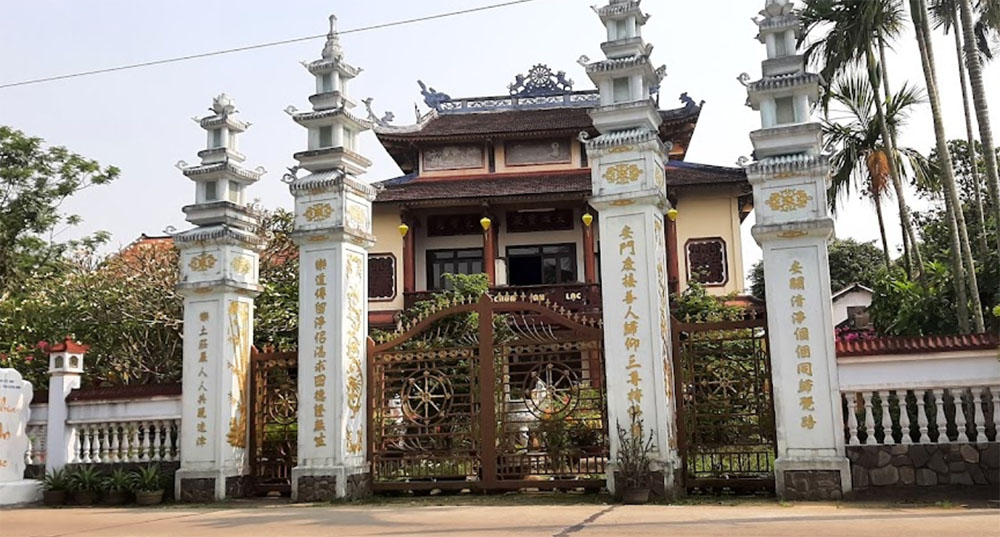
An Lac Pagoda sits on the Thu Bon River's right bank, four kilometers from Hoi An's ancient core. Built in 1966, this modest temple began with a unique purpose. It served as a haven for teaching and raising orphans, setting it apart from other Hoi An temples.
Over decades, renovations transformed An Lac. It grew from its humble origins into a renowned Buddhist sanctuary. Today, it stands as a testament to Hoi An's evolving spiritual landscape.
8. Phap Bao Pagoda Hoi An
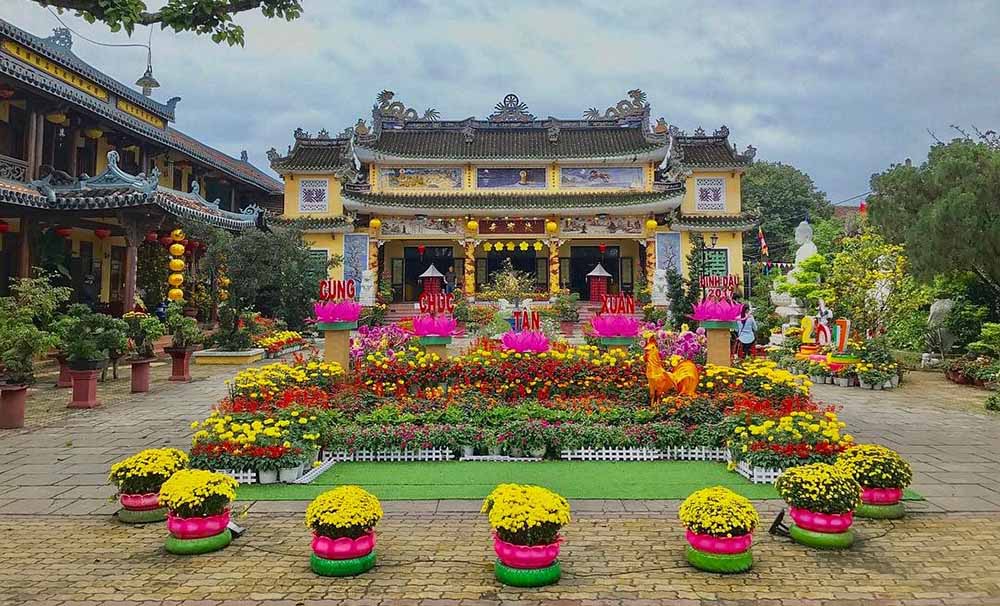
Phap Bao Pagoda reigns as Hoi An's largest sacred edifice. A mere 750 meters from the ancient town's center, it commands attention. Its two-story structure embodies Hoi An's classic architectural style.
Like its counterparts, Phap Bao houses an array of religious icons. Buddha statues stand alongside Bodhisattva Avalokiteshvara and Dharma Protectors. These figures, coupled with other Buddhist constructions, create a rich spiritual tapestry.
This world cultural heritage site draws both domestic and international pilgrims. Daily, Phap Bao welcomes visitors seeking religious enlightenment. Many come to perform rituals or pray for marital harmony.
Annually, the pagoda hosts a month-long sowing retreat. This event allows Zen enthusiasts to immerse themselves in monastic life. Participants embrace the pure lifestyle of Buddhist practitioners, deepening their spiritual journey.
Phap Bao's significance extends beyond its physical grandeur. It serves as a living embodiment of Hoi An's rich Buddhist tradition, offering seekers a glimpse into Vietnam's spiritual heart.
9. Phuoc Lam Pagoda Hoi An
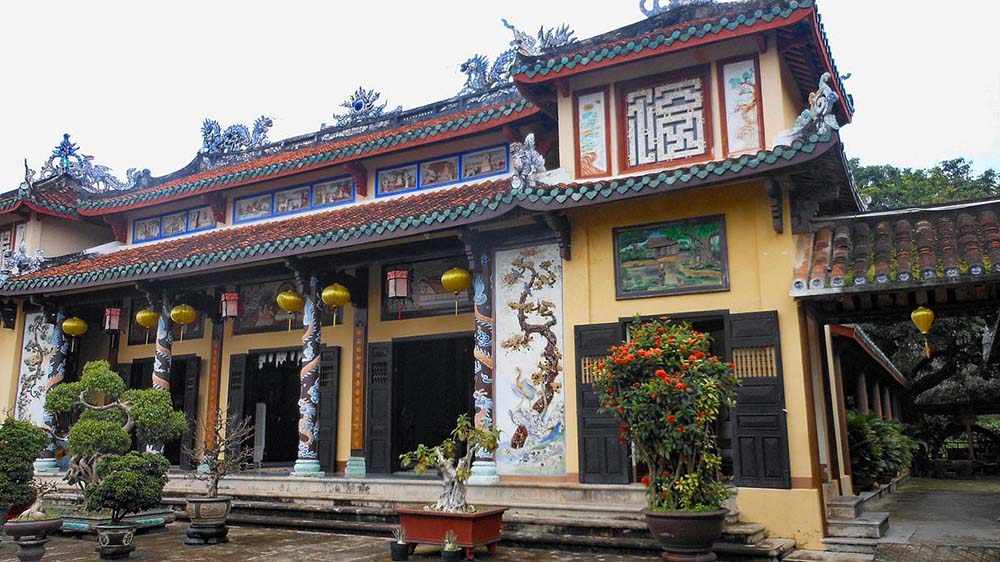
Phuoc Lam Pagoda stands as a historical sentinel among Hoi An's temples. For over two centuries, it has witnessed countless spiritual practices of Quang Nam's people.
Minh Giang monk founded this sacred site in the 18th century. Its structure comprises three main parts: the triple gate, the yard, and the main hall. Phuoc Lam houses valuable antiques, including intricate ancient woodblocks and porcelain bowls.
Located just 3 km from Hoi An's center, Phuoc Lam offers easy access by motorbike or car. The temple yard displays large statues carved by previous abbots, adding to its historical significance.
Phuoc Lam serves as Hoi An's peaceful retreat. Visitors seeking a unique spiritual experience should not miss this ancient sanctuary.
10. Vien Giac Pagoda Hoi An
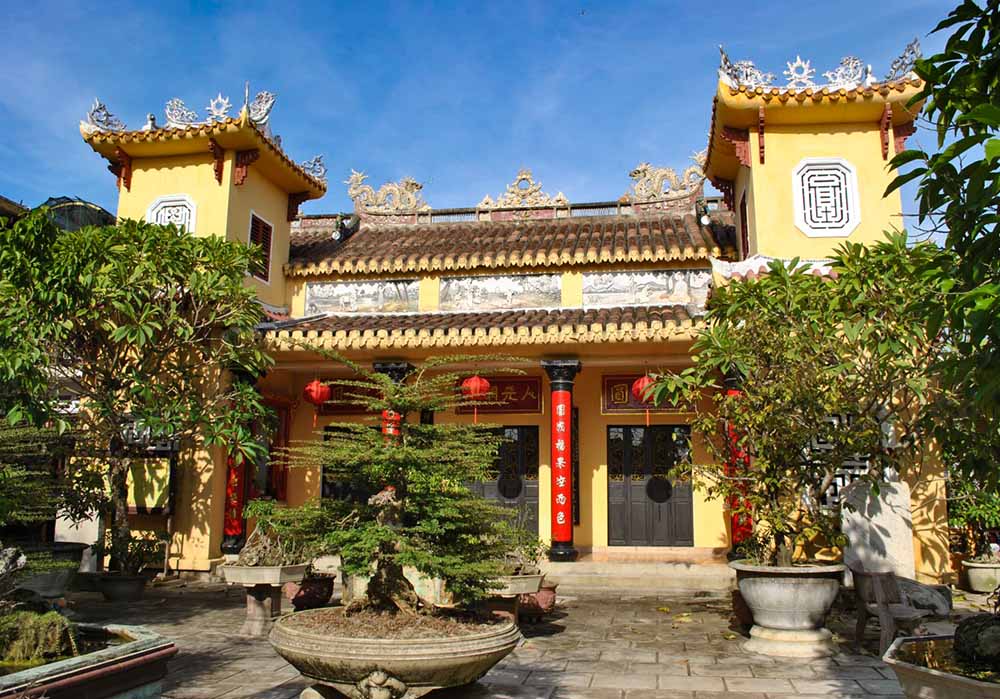
Vien Giac Pagoda‘s roots trace back to Cam Ly village in Xuyen Trung. Erosion threatened its original location, prompting King Thieu Tri to relocate it to Hoi An. This move cemented Vien Giac's place among Hoi An's revered temples.
On November 29, 1991, Vien Giac earned National Historical-Cultural Monument status. This ancient shrine, located in Cam Pho ward, showcases Chinese architectural influence.
Throughout Vietnam's tumultuous history, Vien Giac played a crucial role. It served as a cradle for religious freedom and national independence struggles. During times of crisis, it offered solace to the troubled populace.
Vien Giac stands as a living testament to Vietnam's past. Young generations visit to learn about their forebears' trials and tribulations. They come to honor the virtues and sacrifices of their predecessors.
This pagoda embodies more than spiritual significance. It represents a bridge between past and present, allowing visitors to connect with Vietnam's rich cultural heritage. Vien Giac's walls echo with centuries of prayers, struggles, and hopes, offering a profound experience for those seeking to understand Hoi An's soul.
11. Chuc Thanh Hoi An Pagoda
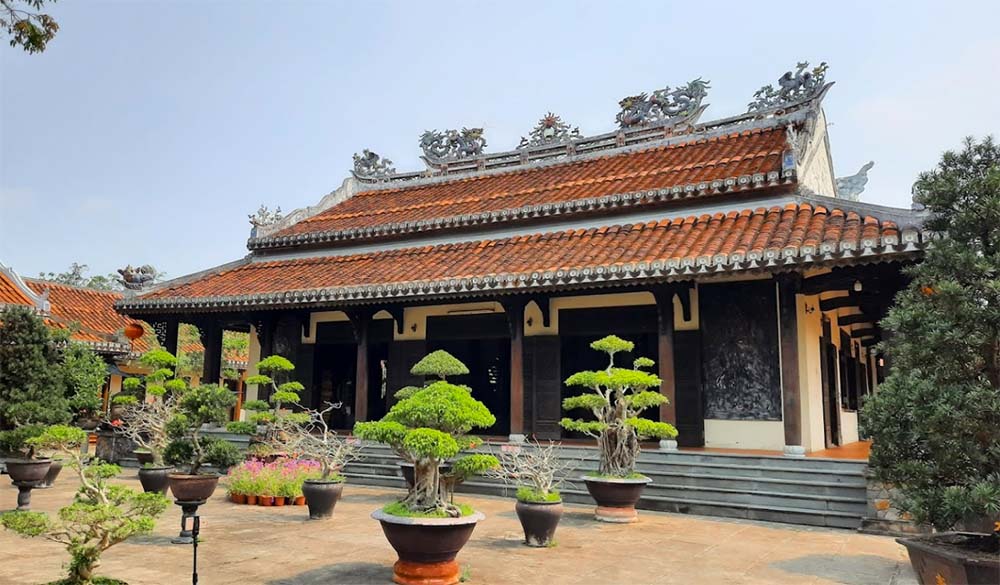
Chuc Thanh Pagoda, also known as Khoai Pagoda, sits two kilometers from Hoi An's ancient core. This spiritual landmark ranks among Hoi An's must-visit temples.
Zen master Minh Hai founded Chuc Thanh in the 17th century, during Hoi An's golden age. The pagoda's architecture blends Vietnamese and Chinese influences, creating a unique cultural fusion.
Ancient trees shelter Chuc Thanh, lending it a majestic yet timeworn appearance. This harmonious mix of nature and architecture sets it apart from other Hoi An temples.
The pagoda's fame stems partly from its ancient tower area. Sixteen tomb towers house the remains of patriarchs and monks. A grand main hall rises amidst a sturdy truss system, creating an airy ambiance.
Chuc Thanh's roof features yin and yang tiles, crowned by intricate dragon and phoenix pairs. These detailed patterns showcase exceptional craftsmanship, adding to the temple's allure.
12. Hai Nam Assembly Hall (Hai Nam Temple)
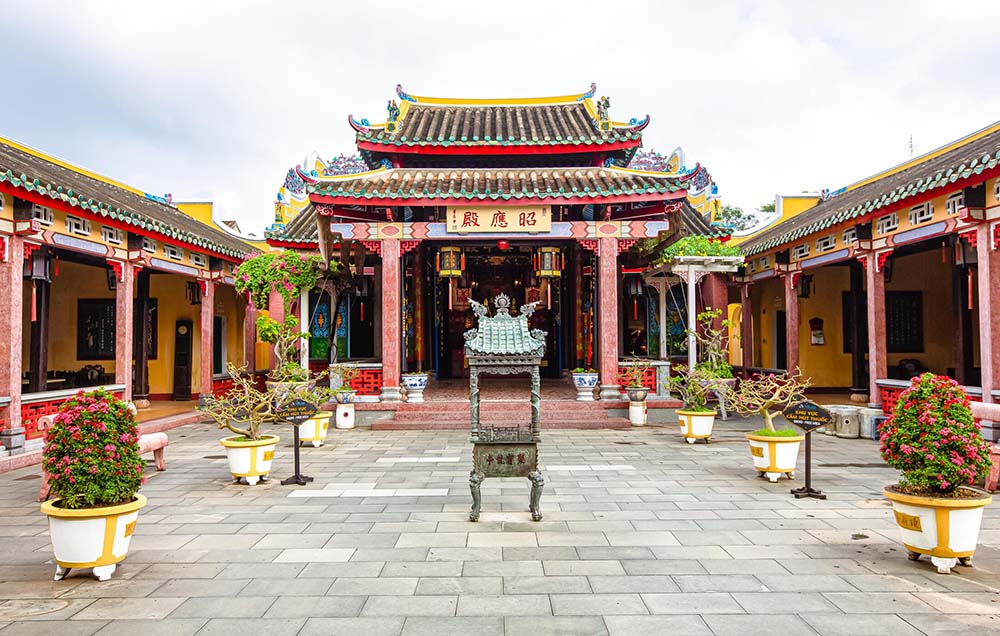
Hai Nam Assembly Hall occupies a vast plot shaped like Vietnam's border. Its main hall boasts large columns atop a marble platform, exuding grandeur.
The central altar in the main hall captivates visitors with its wooden craftsmanship. Gilded carvings depict the three worlds: Heaven, Earth, and Aquarium. This intricate artistry embodies the hall's spiritual significance.
Hai Nam holds a reputation as a potent place for justice-seeking prayers. Many pilgrims visit, hoping to overcome business misfortunes or seek blessings for prosperity.
The assembly hall's unique design and spiritual importance make it a cornerstone of Hoi An's religious landscape. It stands as a testament to the town's rich cultural heritage, blending architectural beauty with deep-rooted beliefs.
Visitors to Hai Nam often find themselves transported to another era. The hall's atmosphere encourages reflection and connection with Hoi An's spiritual essence. Whether seeking cultural insights or spiritual solace, Hai Nam Assembly Hall offers a profound experience for all who enter its doors.

After exploring the ancient temples of Hoi An, discover more of what this charming Vietnamese city has to offer. Check out our comprehensive Hoi An Travel Guide for insider tips on where to stay, what to eat, and how to get around.
Don't miss our roundup of the top Things to Do in Hoi An, from cooking classes to bicycle tours through the countryside. Vegetarians and vegans will be delighted by the meat-free options at these tasty Vegetarian Restaurants in Hoi An.

